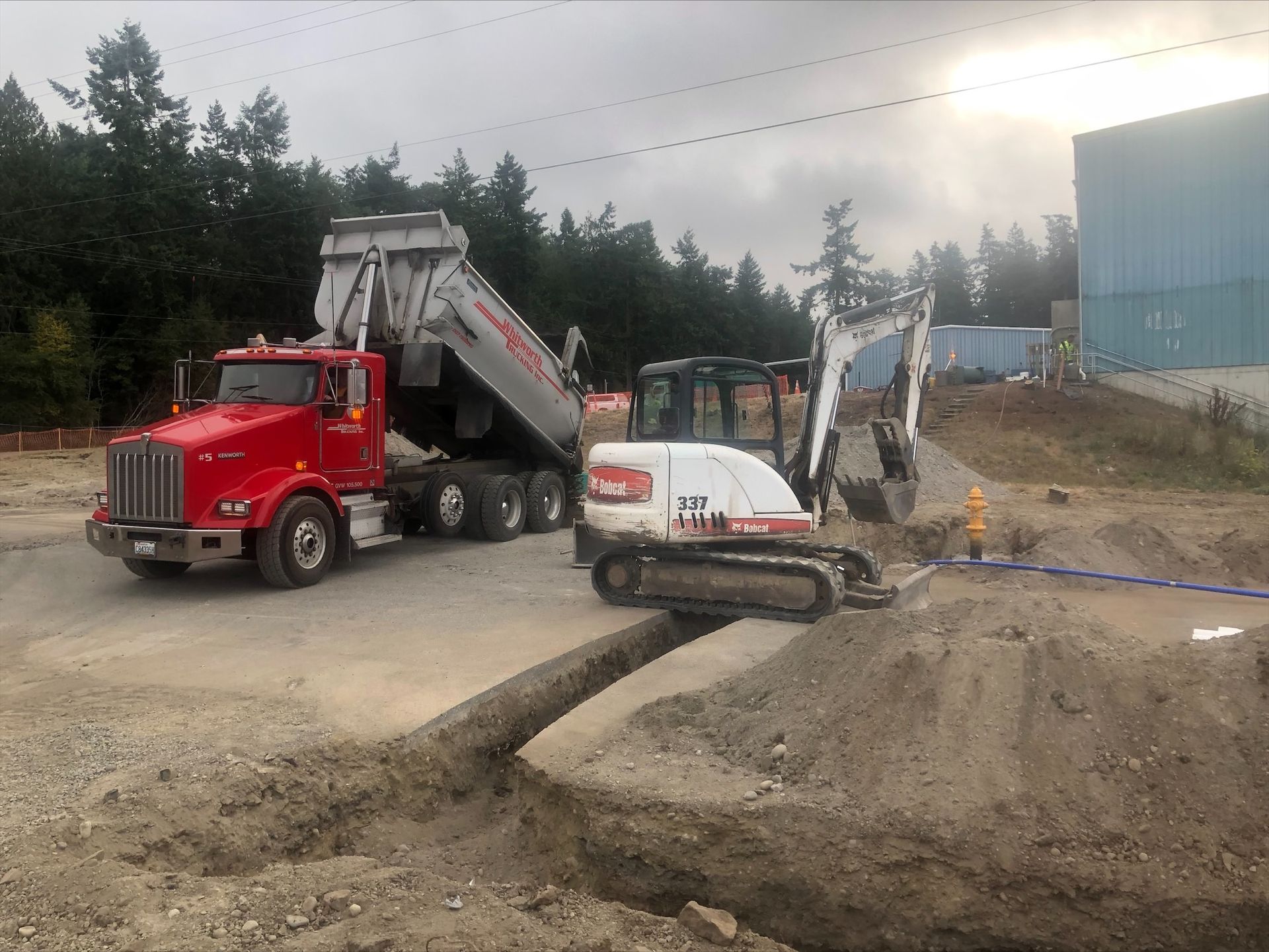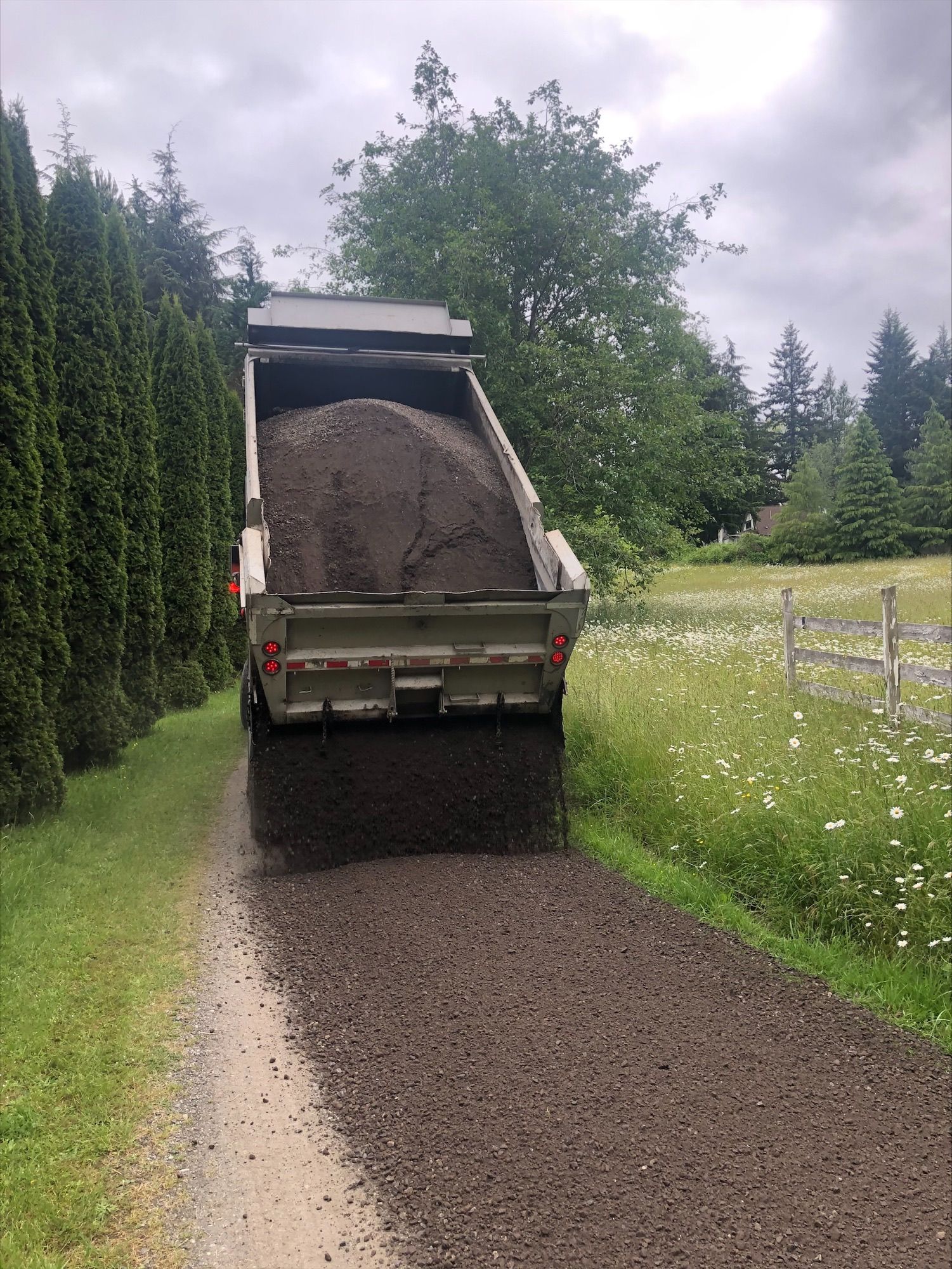Which Comes First in the Excavation Process?
The excavation process is a critical step in any construction project, providing the foundation for everything that follows. Understanding the sequence of steps in the excavation process ensures a smooth and successful project. Here’s a detailed look at what comes first in the excavation process and the subsequent steps as typically performed by Whitworth Excavating.
Steps for Full Site Preparation
1. Excavate and Grade for New Driveway or Road
The first step involves excavating and grading the site for any new driveways or roads. This ensures access to the construction site and prepares the area for further work.
2. Timber/Clear Trees or Brush
Removing trees, brush, and any other vegetation from the site is essential to prepare the area for construction. This step clears the way for excavation and other preparatory work.
3. Install Any Erosion Control Items
Erosion control measures, such as silt fences or erosion control blankets, are installed to prevent soil erosion and protect the site during construction.
4. Remove Duff Layer Within the Building Envelope
The duff layer, which consists of organic material like leaves and decomposed plant matter, is removed from the building envelope to provide a stable base for construction.
5. Excavate for Foundation
Excavation for the foundation is carried out according to the project plans. This step is crucial for creating a solid base for the structure.
6. Infill Foundation for Slab-on-Grade Concrete Areas
For slab-on-grade construction, the foundation is infilled and prepared for pouring the concrete slab.
7. Install Footing and Roof Drains Around the Perimeter of the Foundation
Footing and roof drains are installed around the foundation's perimeter to manage water runoff and protect the foundation from water damage.
8. Backfill/Grade Soil Around the Foundation
Once the foundation work is complete, soil is backfilled and graded around the foundation to ensure proper drainage and stability.
9. Trench and Install Storm Drains
Trenches are dug for storm drains, which are then installed to manage rainwater and prevent flooding.
10. Trench and Install Utilities
Utility lines, such as water, sewer, and electrical conduits, are installed in trenches to provide essential services to the building.
11. Grade New Driveway & Compact
The new driveway is graded and compacted to create a smooth and stable surface.
12. Final Subgrade Grading Around the House
The final step involves subgrade grading around the house to ensure the ground is properly prepared for landscaping or further construction work.
Conclusion
Understanding the sequence of steps in the excavation process is essential for the success of any construction project. Starting with thorough site preparation ensures a smooth excavation phase and sets the foundation for the entire project. At Whitworth Excavating Inc., we follow a meticulous process to ensure your excavation project is completed safely and efficiently.
Contact us today to learn more about our services and how we can help with your next project.
(360) 638-2300




